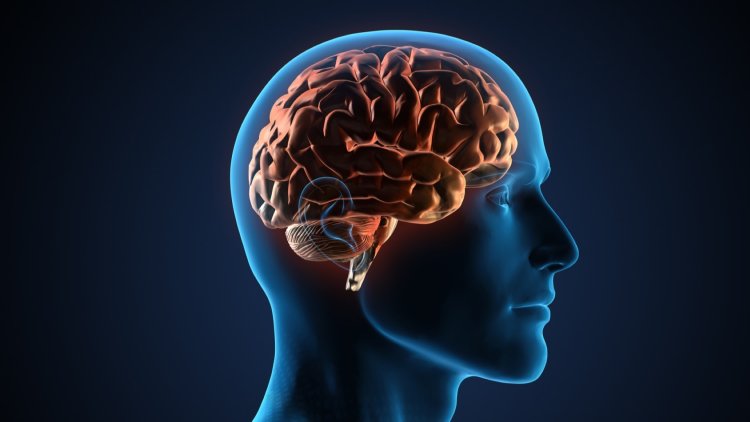Researchers find new model of how brain functions

Houlahan, Netherlands: It is not the particular brain areas that are important, but their connections: neuroscientists suggested a new model of how the brain functions. This new perspective helps us understand why and how our brains differ between individuals.
The research published in a special issue of Science.
Our right hemisphere is for creativity, and the left is for rational thinking. It's an urban myth that stems from a classical view of how our brain works, namely that we have several brain regions that all have a specific function. Even though this 'modular' view of the brain is superseded, it can still be found in many textbooks.
However, we should look at brain function differently, according to neuroscientists Stephanie Forkel at Radboud University and Michel Thiebaut de Schotten at the University of Bordeaux. Brain functions are not localised in individual brain regions but rather emerge from the exchange between these regions.
Essential for speaking and reading
"Look at language as an example", said Forkel. "Here, the result is greater than just the sum of the parts. To communicate, you need to very quickly understand what is said within a given context and consider the emotional intentions that depend on whom you talk to. If the brain worked in a modular fashion, it would not allow us to have all these different language computations in such a short time frame."
Connections can amplify or reduce brain signals and determine the structure and function of the brain, according to neuroscientists. There is a strong relationship between the pattern of connections of brain regions and their activity during cognitive tasks. It is possible to predict where a function in the brain will appear based on brain connections. Forkel: "If you look at a children's brain before they acquire literacy, you see that the white matter, which consists of nerve pathways, is already connected to the 'classical' reading area."
More insight into brain differences
An important gap in the classical view of the modular brain is that it cannot explain the variability between individuals. "Everyone has a different brain, which isn't anything like the textbook brain we all know. That's something I realised when I worked on postmortem brains. Neuroimaging research, most of the time, makes all the brains of participants fit a standard brain, leading to a loss of insight into the variability between people. That's a big topic in neuroscience at the moment", said Stephanie Forkel.
With the new network approach, scientists can model the variability between our brains, for example, in the light of evolution. "If you look at the white matter, we see that older parts in our brain (the 'reptile' brain) are more or less the same. Parts that are more recently evolved are more variable between us. This puts brain evolution in a new framework."
Furthermore, the new approach to investigating brain function could have a large impact on clinical treatments. "There are patients with brain lesions without any symptoms or symptoms that you wouldn't expect. In a study, we looked at how the lesions affected the whole brain network, and we could show that we could use the network pattern to predict which symptoms patients had or which symptoms they would develop one year later."















































